Challenge
A mast with a pinned connection to the ground can carry vertical loads much more efficiently than a mast with a rigid connection to its foundation. However, it requires stay cables arranged in at least three different directions. The longitudinal axis of the mast and the stay cables define three planes in which the loads can be divided into tension and compression. Can the mast be stabilised in only one load-bearing plane?
Invention
A mast and its stay cables will collapse if their pinned connections are arranged in a straight line. The RES-Mast introduces a vertical lever between the base of the mast and the pinpoint connections of the stay cables to stabilise the system and enable it to withstand horizontal loads.
Advantages
- Minimal structural system to stabilise a mast
- Minimal use of ground
- Stability in each erection stage comprising at least one load-bearing plane
- Rotatable system around the mast's longitudinal axis, creating multiple load-bearing planes
- Linkable system
Applications
- Masts to carry railway overhead lines
- Masts to carry transmission lines
- Masts for wind turbines
- Masts for solar plants at a certain vertical distance from the ground
- Mast for a sailing boat
